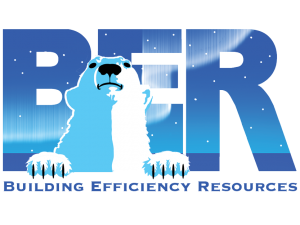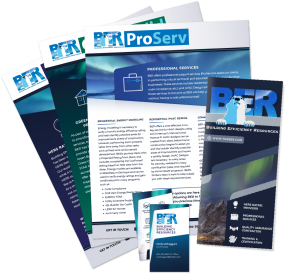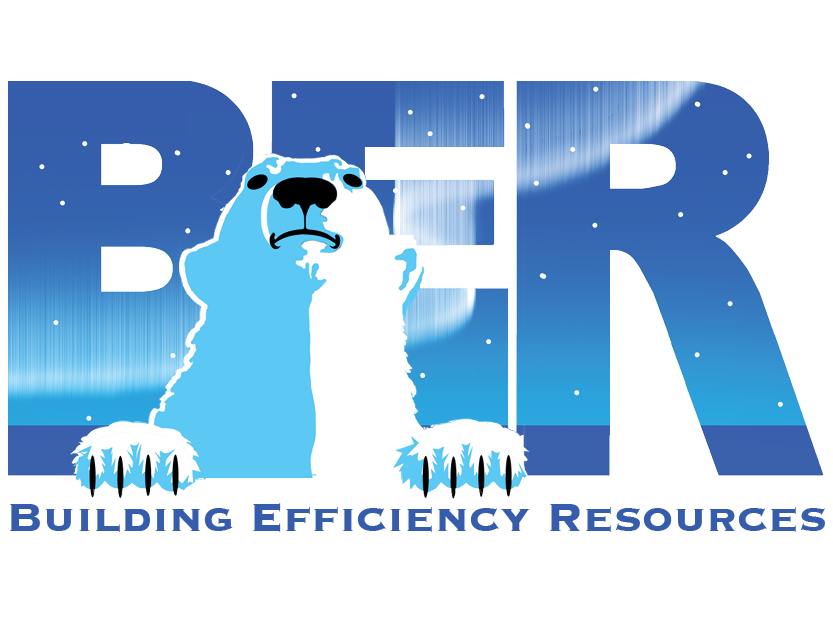Be Everywhere
Business Principles to Help You Excel
As the nation’s largest HERS Provider, we often get asked by our clients how they can be successful in the green building industry. While every company is certainly unique (size, location, market demand, etc.), there are four business principles which we can definitively say will increase your competitive edge. Following these four principles will not guarantee you success – but they are a recipe for creating industry-leading customer service.
- Be the expert
- Be everywhere
- Be involved
- Be service oriented
In the last blog article, we covered the importance of being the expert in your field. For this installment, we will focus on what it means to “be everywhere”.
Business Principle #2: Be Everywhere
Being everywhere is not about cloning yourself to be on five jobsites at the same time (as convenient as that would be). It is also not about having the largest HERS Rating company in the nation, although that is not a bad goal to have. Being everywhere is all about your marketing strategy. How do people know who you are?

The Building Efficiency Resources logo uses both the acronym BER and a polar bear mascot to create a memorable brand mark.
The ”you” in marketing isn’t about your personal self; it’s your brand. The ultimate goal is to create a brand that people can remember and market that brand in as many ways as possible. You want your brand to be the very first thing people think of when they think about HERS Rating and Green Building. Building Efficiency Resources has created its own unique brand by adopting the acronym “BER” and using the polar bear logo. Our brand also includes our reputation as experts in the industry. Once a brand has been established, it needs to be promoted. This can be done through online media, offline media, and social networks.
Online Media
Having a website with details about your business and contact information might be the single-most important strategy to generate leads. Do you have a website? Does it appear first on a Google search for HERS Rater {your city name}? Optimizing your website to appear at the top of search engines is a process called Search Engine Optimization (SEO) and is an industry all in itself. However, you don’t have to be a web-coding guru to make sure you include basic information about the services you offer and how clients can contact you. Also, make sure to keep it up to date. You can always reference the BER website for one example!
Other avenues of online marketing include Facebook, YouTube, Twitter, LinkedIn, Instagram, Snapchat, and email lists. Each of these avenues has their pros and cons, associated costs, and target audience. If you are just starting out, don’t try to utilize every one of these platforms. Find out where your target audience spends the most time and make a point to dominate that one place. Once that has been successful, and as your resources allow, begin branching out to where your clients spend some of their time.
BER has found the most success utilizing Facebook, LinkedIn, Instagram, and email newsletters (you’re reading one right now!). We regularly post updates, noteworthy news, and services we offer to these platforms. Being everywhere online means our target audience sees our brand over and over again.
Offline Media

Printed materials are not as essential in today’s digital environment, but still play an important part in communicating a business’s identity.
Offline media can be considered the more traditional form of advertisement. TV and radio ads, newspaper and industry magazine ads, phonebook listings, brochures, flyers, mail-outs, and business cards are all forms of offline media that get consumers familiar with your brand. While these forms of advertisement may be losing prominence, they are still a key part of being everywhere. Do you recall a marketing jingle that you couldn’t get out of your head? While BER hasn’t come up with a catchy jingle just yet, we do have some fantastic flyers and brochures available upon request. You can even view a digital copy of our brochure on our website.
Not every form of offline advertising will directly target your potential green home building clients but being invisible is a sure way to lose business. If Bob the Builder does not have access to the internet at his job site and needs to find a HERS Rater in the phone book, will he find you? Part of the strategy with the “be everywhere” concept is to lean into those areas that are generating the most leads and to back off from the areas that aren’t working out so well for you. This may change over time. Be flexible. Be willing to experiment. The risk not taken is more dangerous than the risk taken.
Social Networks
Online platforms like Facebook and Twitter are social networking applications, but they are just apps. Real social networks are the face-to-face interactions people have with one another. This is where your reputation becomes your brand.

Face-to-face conversations at events are a great way to network and grow your business. Photo by RESNET Photos.
Word of mouth advertising is still very effective, especially in the construction and green building industry. What people say about you and how often they talk about you can greatly influence your company’s marketability. This can include casual “locker room talk” all the way up to formal recommendations by leading community organizations, building industry leaders, and even RESNET itself.
Businesses can do this simply by attending community events or participating in trade shows. Anything that gets the company name out there, or connects your company to helpful resources, is considered networking. Being a member of the Rotary Club or Lions Club, participating in community-wide events, attending trade shows, and attending (or better yet, presenting) at trade conferences such as the RESNET annual conference are all suggestions for how to expand your social networks. The next article in this series is called “Be Involved” and will explore the value of being present in your community even further.

